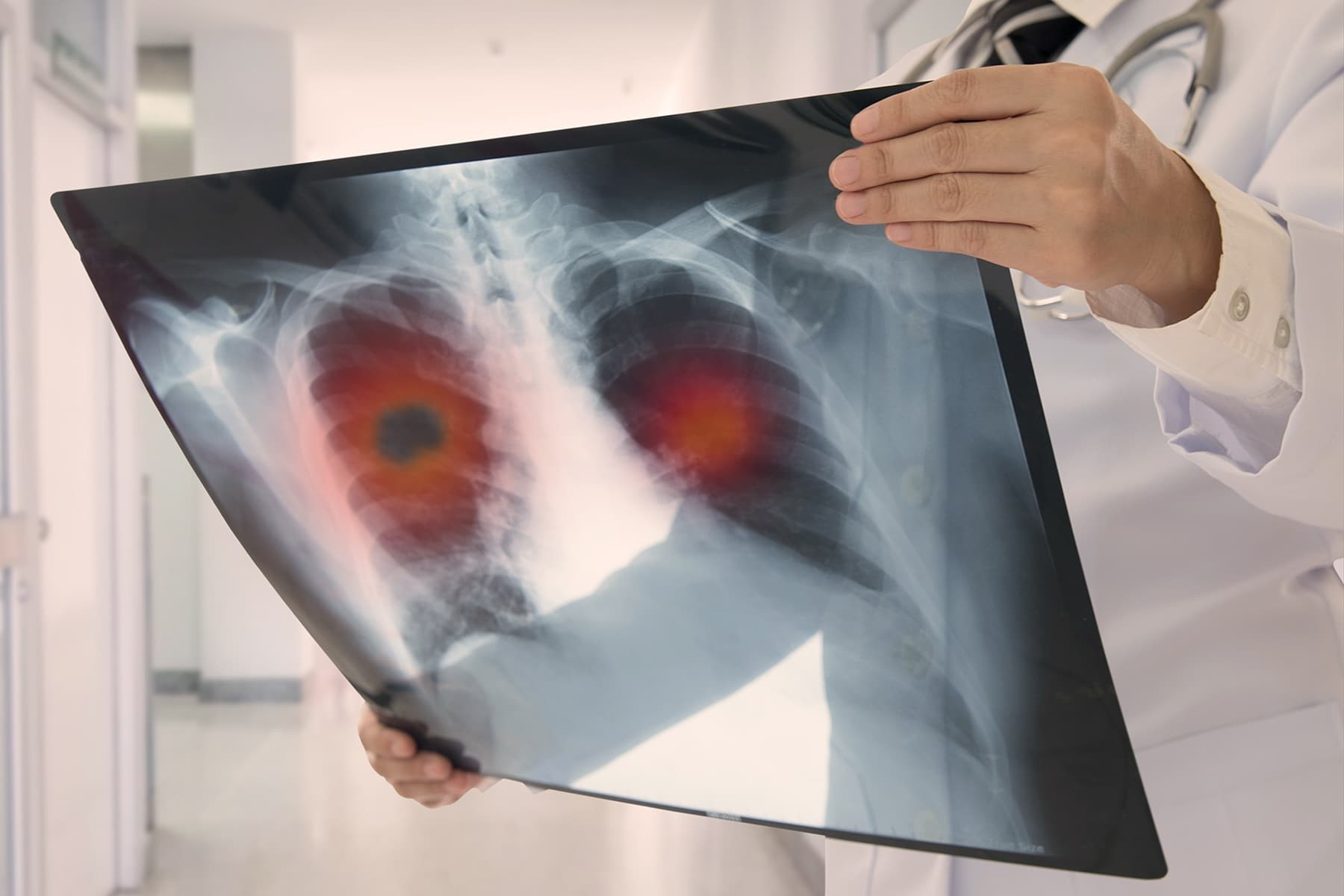
Virology techniques are essential for understanding viruses and their impact on health. Virologists use various methods to study these microscopic agents, helping to develop vaccines, treatments, and diagnostic tools. From electron microscopy to PCR (Polymerase Chain Reaction), these techniques allow scientists to observe virus structure, replication, and interaction with host cells. Understanding virology techniques can help us grasp how viruses spread and mutate, aiding in the fight against viral diseases. This post will explore 21 fascinating facts about these methods, shedding light on the tools and processes that keep us safe from viral threats.
Understanding Virology Techniques
Virology, the study of viruses, involves a variety of techniques to understand these microscopic entities. These methods help scientists uncover how viruses function, spread, and affect living organisms. Here are some fascinating facts about virology techniques.
-
Electron Microscopy: This technique allows scientists to visualize viruses at a molecular level. It uses a beam of electrons to create detailed images of virus structures.
-
PCR (Polymerase Chain Reaction): PCR amplifies viral DNA or RNA, making it easier to study. This method is crucial for detecting viral infections in patients.
-
Cell Culture: Growing viruses in controlled environments helps researchers study their life cycles. Different cell lines are used to cultivate various viruses.
-
ELISA (Enzyme-Linked Immunosorbent Assay): ELISA detects viral antigens or antibodies in a sample. It's widely used for diagnosing viral infections.
-
Western Blotting: This technique identifies specific proteins in a virus. It separates proteins by size and uses antibodies to detect them.
Advanced Virology Techniques
As technology advances, so do the methods used in virology. These advanced techniques provide deeper insights into viral behavior and interactions.
-
Next-Generation Sequencing (NGS): NGS decodes the entire genetic material of a virus. It helps track virus mutations and outbreaks.
-
CRISPR-Cas9: This gene-editing tool can modify viral genomes. It's used to study virus functions and develop antiviral therapies.
-
Flow Cytometry: This technique analyzes the physical and chemical properties of cells. It helps identify infected cells and understand immune responses.
-
Mass Spectrometry: Mass spectrometry measures the mass of viral particles. It provides detailed information about viral proteins and their functions.
-
Single-Cell RNA Sequencing: This method examines the gene expression of individual cells. It reveals how viruses affect different cell types.
Diagnostic Techniques in Virology
Accurate diagnosis is essential for managing viral infections. These diagnostic techniques help identify viruses quickly and accurately.
-
Rapid Antigen Tests: These tests detect viral proteins in minutes. They're useful for screening large populations during outbreaks.
-
Serological Tests: Serological tests detect antibodies against viruses. They help determine past infections and immunity levels.
-
Viral Load Testing: This technique measures the amount of virus in a sample. It's important for monitoring chronic infections like HIV.
-
Immunofluorescence: Immunofluorescence uses fluorescent antibodies to detect viral antigens. It provides a visual confirmation of infection.
-
Hemagglutination Assay: This test measures the ability of viruses to agglutinate red blood cells. It's used for influenza virus detection.
Therapeutic Techniques in Virology
Developing treatments for viral infections is a major focus in virology. These therapeutic techniques aim to combat viruses and improve patient outcomes.
-
Antiviral Drugs: These medications inhibit viral replication. They target specific stages of the viral life cycle.
-
Vaccines: Vaccines stimulate the immune system to recognize and fight viruses. They are crucial for preventing viral diseases.
-
Monoclonal Antibodies: These lab-made antibodies target specific viral proteins. They can neutralize viruses and prevent infection.
-
RNA Interference (RNAi): RNAi silences viral genes. It's a potential therapeutic approach for treating viral infections.
-
Gene Therapy: Gene therapy introduces genetic material into cells to fight viruses. It's being explored for treating chronic viral infections.
-
Probiotics: Some probiotics can boost the immune system and help fight viral infections. They are being studied as a complementary therapy.
The Final Word on Virology Techniques
Virology techniques have revolutionized our understanding of viruses. From electron microscopy to PCR, these methods have enabled scientists to identify, study, and combat viral infections. Techniques like viral culture and serology have been crucial in diagnosing diseases and developing vaccines. Next-generation sequencing has opened new doors for genomic analysis, providing insights into viral evolution and transmission.
Understanding these techniques not only helps in disease prevention but also in developing treatments. As technology advances, so will our ability to tackle viral threats more effectively. Staying informed about these methods can empower us to better understand the complex world of viruses and their impact on health.
So, next time you hear about a new virus or vaccine, you'll have a better grasp of the science behind it. Knowledge is power, especially in the fight against viruses.
Was this page helpful?
Our commitment to delivering trustworthy and engaging content is at the heart of what we do. Each fact on our site is contributed by real users like you, bringing a wealth of diverse insights and information. To ensure the highest standards of accuracy and reliability, our dedicated editors meticulously review each submission. This process guarantees that the facts we share are not only fascinating but also credible. Trust in our commitment to quality and authenticity as you explore and learn with us.


